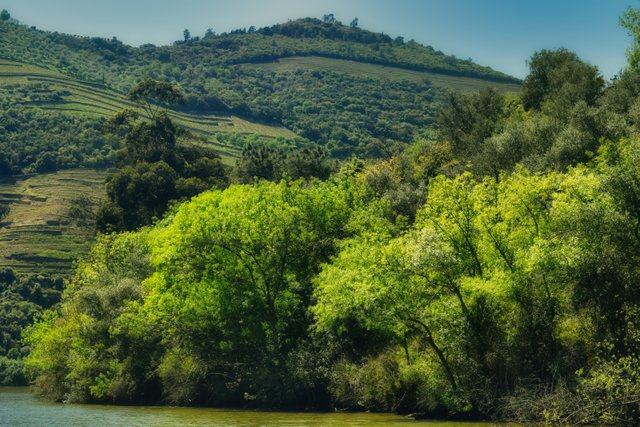📷Curiosities about the Azores Archipelago
Italy Community
✅ 1901 | The Shipwreck of the Caroline Barque off Pico Island
At the end of the 18th century, scientific studies aimed at improving agricultural productivity made significant progress. It was discovered that plants feed primarily on nutrients such as phosphorus, nitrogen, and potassium. This understanding led to the rise of the chemical industry—particularly in Germany—which began developing fertilizers. However, incorporating nitrogen remained a technical challenge.
The discovery of Peruvian guano and Chilean nitrate, likely around 1803, helped solve this problem. These natural products were rich in nitrogen, fueling their widespread trade. The intense commercialization of Peruvian guano and Chilean nitrate triggered conflicting interests and eventually led to war between Chile, Bolivia, and Peru (1879–1882). As a result, Chile gained control over the desert regions of these countries.
From that point on, Chilean nitrate—also known as saltpeter due to its high potassium nitrate content—eclipsed guano in importance. It became highly sought after, not just as a fertilizer but also as a raw material for explosives.
Chile nearly became a global economic power thanks to its vast saltpeter reserves, which came to be known as the country’s "white gold." This prosperity continued until the German chemical industry developed synthetic alternatives for both fertilizers and explosives.
Chilean nitrate was a natural fertilizer with a high concentration of sodium nitrate, extracted near the Atacama Desert. By around 1910, there were approximately 170 active mines in that region.
“The Chilean nitrate industry brought prosperity to the region and led to the creation of mining towns such as Humberstone and Santa Laura, which UNESCO inscribed on its World Heritage List in 2005.”
Maritime Trade and the Caroline
The economic value of Chilean nitrate spurred the creation of shipping companies, most notably Armement Dominique Bordes et Fils, founded in 1868 and based in Paris. The company specialized in transporting nitrate from Chilean ports to Nantes, Dunkirk, and later to Liverpool and Glasgow.
By 1883, the company owned 41 sailing ships, and by the early 20th century, it was transporting half of Chile’s nitrate exports to Europe. It was considered the largest sailing ship company in the world.
One of its ships was the Caroline—a 97-meter-long iron-hulled barque with four masts, built in Nantes and launched into service in 1896. It was a cap-hornier, a vessel that sailed the challenging Cape Horn route from Chile to the Atlantic Ocean.
The Shipwreck
On September 3, 1901, at around 11 p.m., the Caroline ran aground in the Faial Channel, between the Madalena islets and Areia Larga, in a narrow stretch of sea locally known as Meia Broa. The following day, the newspaper O Telegrapho reported on its front page:
"At eleven o’clock last night, the four-masted French galera Carolina, 4,200 tons, under Captain Louvet and a crew of 36, en route from Chile to Dunkirk with a cargo of saltpeter, ran aground on the coast of Pico Island between the ports of Madalena and Areia Larga. The ship struck rocks and began taking on water quickly, with her deck nearly level with the sea. The accident occurred due to a malfunctioning compass and the darkness of the night."
That same day, the Gazeta de Noticias newspaper from Terceira published a telegram from its correspondent in Pico:
"Last night in Madalena, the four-masted French galera Caroline, with a capacity of 4,300 tons, ran aground."
The following day, the paper added further details:
"The shipwreck of the French galera Caroline, as reported yesterday, occurred on rocks known as Meia Broa. The Caroline was coming from Iquitos (Peru) with a cargo of saltpeter. The crew was saved, but the ship and cargo were completely lost. The disaster was caused by heavy fog."
Rescue and Legacy
The ship's crew was rescued with the help of two local boats that guided the castaways to the safest landing spot. Thankfully, no casualties were reported.
In 2014, the Government of the Azores created the Underwater Archaeological Park of the Caroline, highlighting the "historical importance and uniqueness of the submerged remains of the Caroline," located in shallow waters off the western coast of Pico Island.
| Category | #italy |
| Photo taken at | Douro Valley - Portugal |
)


Upvoted! Thank you for supporting witness @jswit.
@tipu curate
Upvoted 👌 (Mana: 5/7) Get profit votes with @tipU :)